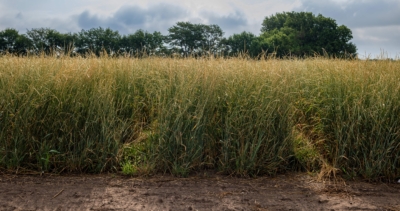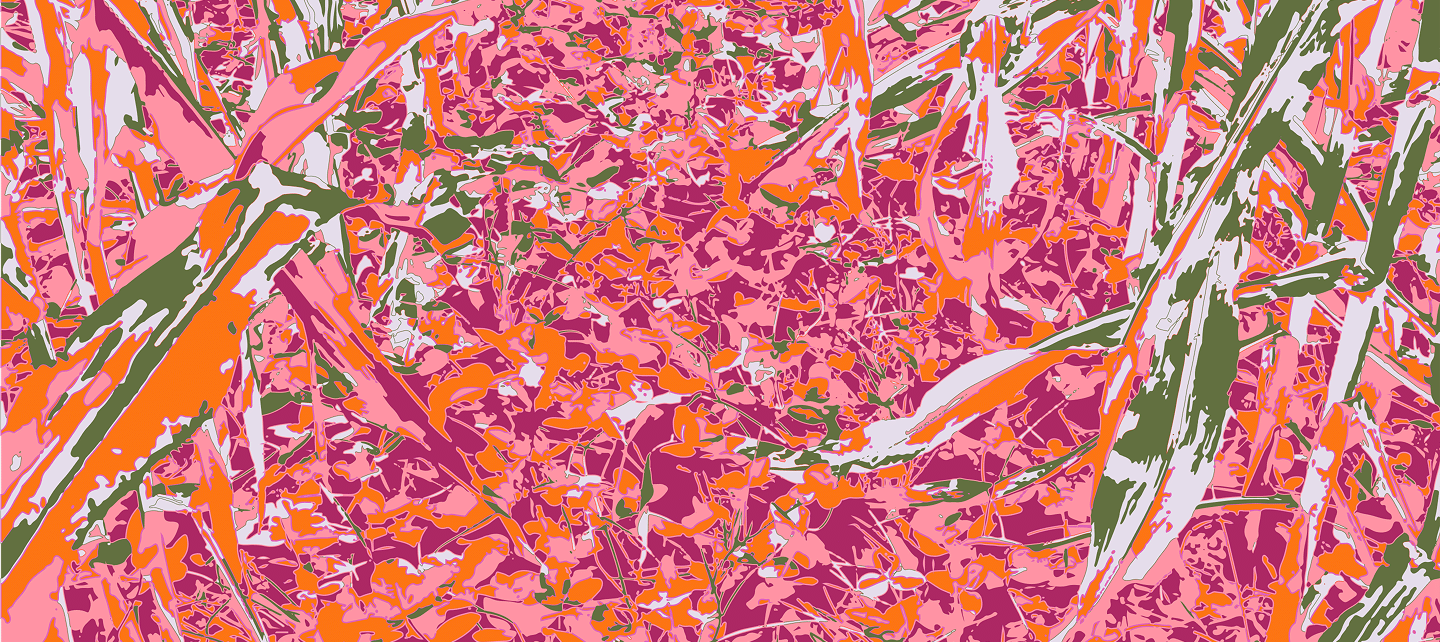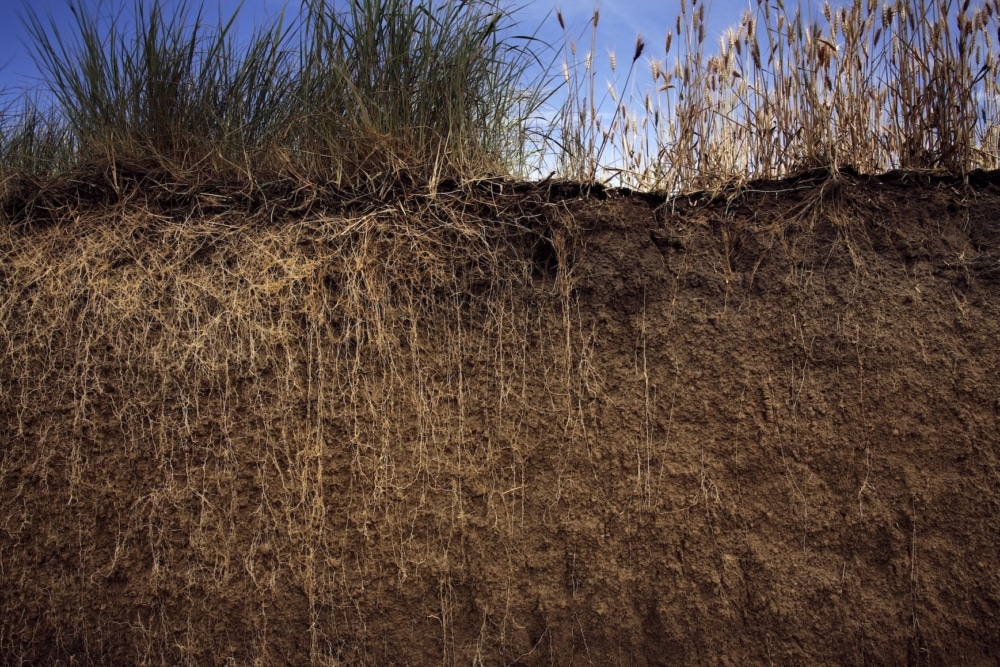What is the problem?
Nitrogen fertilizers and other agrochemicals used to grow annual crops like corn, soybeans, potatoes, beets, and wheat can pollute aquatic ecosystems and rural drinking water sources. Nitrate is one of the most mobile forms of nitrogen and can easily leach from the soil into groundwater. It is one of the most prevalent contaminants of public and private water systems in agricultural areas of the U.S. Upper Midwest.
In Minnesota, 75% of residents get their drinking water from groundwater, about two-thirds from municipal water sources, and the rest from private wells.
According to the Minnesota Pollution Control Agency, 49% of wells in agricultural areas statewide have nitrate concentrations higher than EPA standards for drinking water. This water is not safe to drink.
High nitrate levels can cause blue baby syndrome and are associated with increased risk for certain cancers, even at concentrations below EPA limits, so nitrate must be removed from drinking water before consumption.
Nitrate contamination of drinking water costs taxpayers millions, requiring expensive construction or updates to treatment plants. Some strategies are in place to prevent contamination, but success is limited.
Throughout the state, 1.2 million acres are designated Wellhead Protection Areas, lands managed to prevent contamination of public water systems. 360,000 acres are considered highly vulnerable, yet nearly half are planted to row crops, leading to nitrate pollution.
Despite the costs and health risks of nitrate contamination, farmers have had few practical, economically-viable alternatives to row crops.
What is Kernza ® Perennial Grain?
Kernza is the trademarked name of the edible grain harvested from intermediate wheatgrass, a perennial grass related to wheat. The trademark is held by The Land Institute. While intermediate wheatgrass is commonly planted in the U.S. as a forage grass, breeding programs at The Land Institute and the University of Minnesota’s Forever Green Initiative are developing a promising new perennial grain crop that can be used in similar ways to wheat and barley. Selection for grain size, disease resistance, and other traits culminated in the release of the first commercial variety, MN-Clearwater, in 2019.
Kernza grain is already making its way into beer, bread, crackers, whiskey, and many other consumer packaged products.
How Can Kernza Protect Our Drinking Water?Research shows that perennial crops like Kernza leach less nitrogen to groundwater, sequester more carbon, and prevent more erosion compared to annual crops. Kernza has long roots that can access nitrate deeper in the soil, and its longer growing season helps keep soil and nutrients in place. Experiments have shown very low nitrate leaching below its rooting zone, meaning that Kernza takes up fertilizer before it reaches groundwater.
Grown on enough acres, Kernza and other perennials could reduce nitrate contamination of groundwater drinking sources. As yields continue to improve and demand grows for Kernza food products, as well as livestock grazing and forage production, more farmers will be willing to replace annual crops with perennial grain.
As of Summer 2021, over 1,300 acres of Kernza were in production in Minnesota with plans to expand another 50%. Nationwide Kernza acreage stands at 4,000, with expansion planned in all corners of the country.
Five Minnesota Projects to Protect Water Using Kernza
- The sandy soil of the Central region often needs irrigation to be productive but is vulnerable to leaching. In 2017, a three-year, plot-based experiment was established at Central Lakes Community College in Staples, comparing irrigated, fertilized Kernza and a corn-soy rotation. Soil water nitrate concentrations under Kernza were 77 to 96% lower than under corn and soy. Kernza yields were comparable to other sites, demonstrating that it can be a viable crop even while reducing leaching on highly vulnerable land.
- In 2017, 54 acres were planted on land managed by Lincoln-Pipestone Rural Water in a highly vulnerable wellhead protection area that pumps 1.8 billion gallons of water a year to rural residents in a 10-county region. Nitrate levels in soil water samples were nearly zero. Grain was sold to Perennial Pantry, who cleaned, processed, and milled it before selling it to consumers across the country through their 2020 Kickstarter campaign and to businesses including Bang Brewing.
- Chatfield sits on karst topography that is vulnerable to leaching. In 2017, 13 acres of Kernza were planted on land owned by the city and a private party, and Kernza grain and straw were harvested for three years. Nitrate levels in soil water samples were nearly zero throughout the second season, when water data was collected.
- Twenty acres of Kernza, alfalfa, and a native prairie mix were planted in Melrose and Cold Spring, communities with elevated nitrate levels, as part of efforts to develop water-efficient production methods, supply chains, and end-use markets for profitable perennial systems. Grain was sent to seed cleaners, processors, millers, bakers, and brewers across the state to experiment with and develop new Kernza products.
- In 2018, Edgerton planted 40 acres of Kernza with the goal of protecting the city’s water supply. They harvested the first crop in 2019, which was sold to the U of MN for Kernza seed increase. This planting is now helping protect drinking water, increase seed availability, and generate farmer interest. These projects have the potential to reduce drinking water contamination on vulnerable land. They also demonstrate the environmental benefits and economic viability of Kernza to Minnesota’s farmers and landowners, paving the way for broader adoption and landscape-scale change. Kernza offers a way to protect drinking water and keep farm fields in production.
Funding for these projects came from the Minnesota Environment and Natural Resources Trust Fund-Clean Water Fund, Institute for Renewable Energy and the Environment, The Land Institute, the Malone Family Foundation, and the MNDepartment of Agriculture.
Learn more



